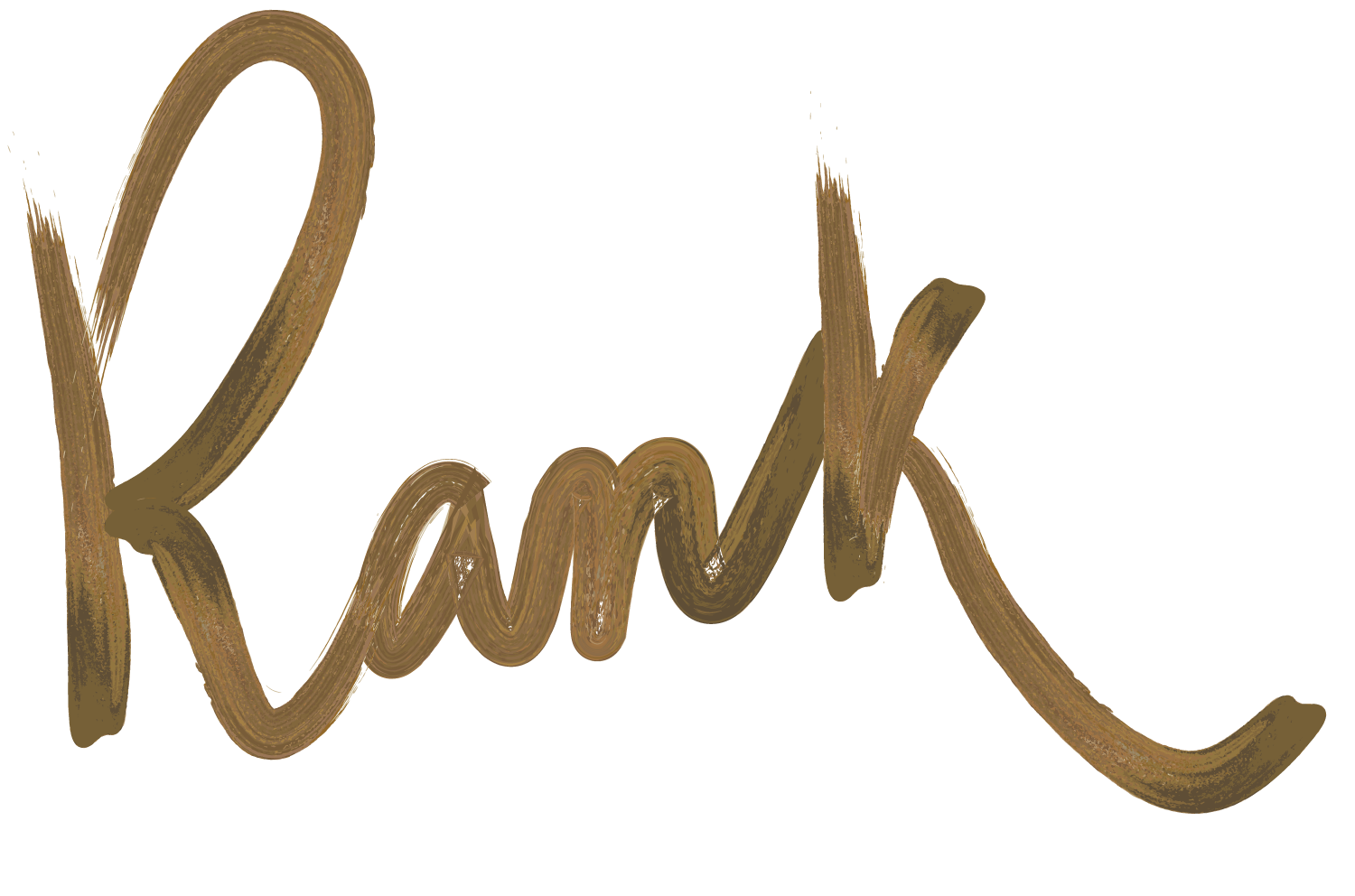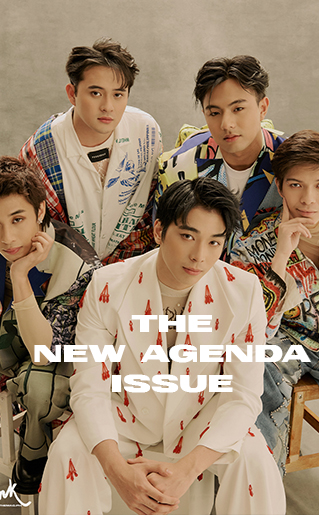MANILA, Philippines —2020 and 2021 will forever be known as the era of solitude and confinement, with the world going under lockdown for the better part of the last two years and leaving the general population with sentiments of detachment and unwanted isolation.
It’s a reality that’s been depicted a multitude of times already in different ways, as artists express their feelings through their craft and unique talents with songs, short films, poems, illustrations, paintings, and the like. But for artist collective Strange Fruit, their use of photography to capture this sense of longing is wholly individual, and strikingly unique.
As Art Fair Philippines returns to the virtual and physical space this May 6-15, 2021, the photographers of Strange Fruit joins the exhibit for the second time with a showcase on the different faces of connection and yearning amidst a pandemic.
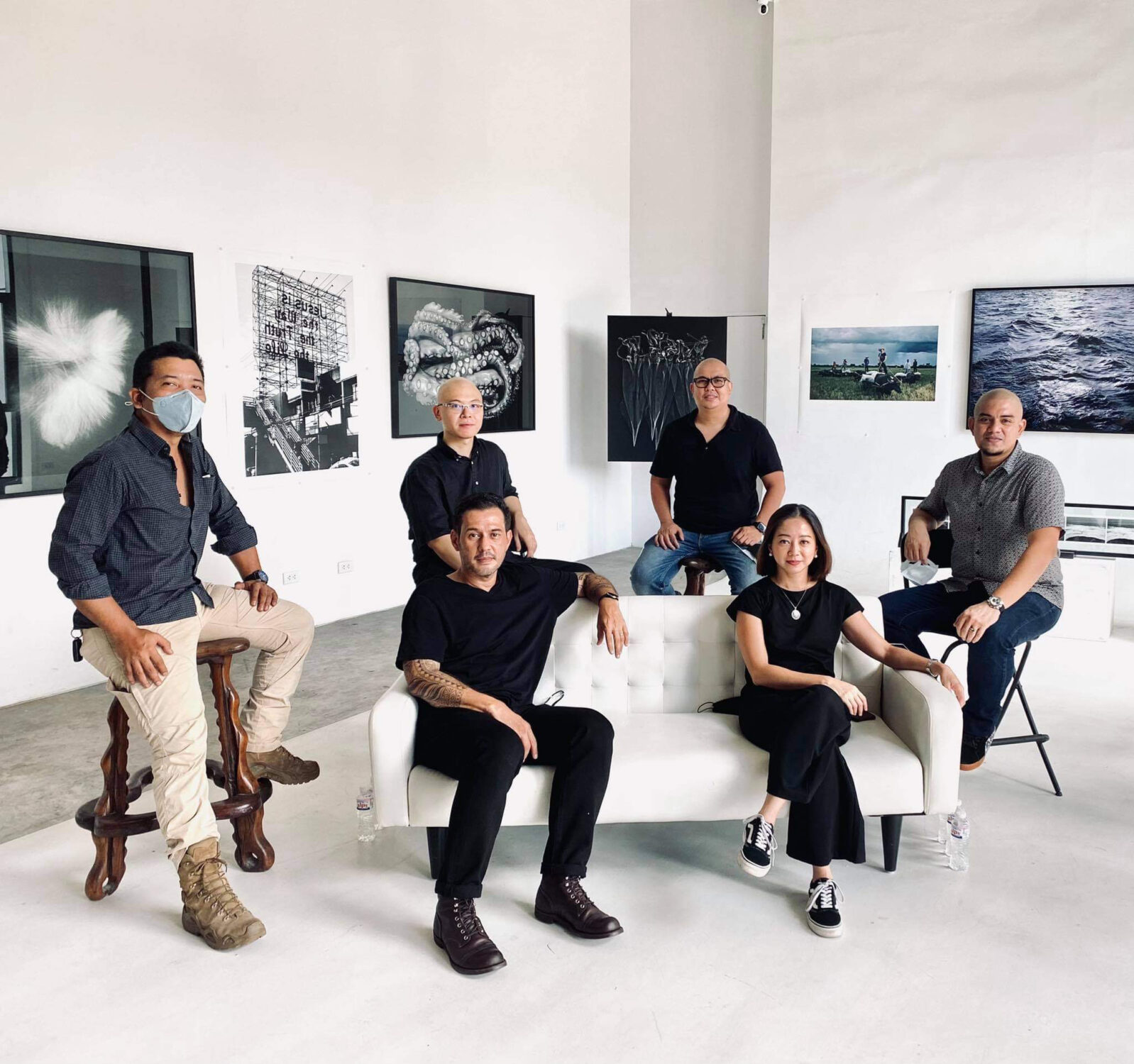
Image courtesy of Strange Fruit
Made up of Francisco Guerrero, Raena Abella, Jason Quibilan, Jes Aznar, Veejay Villafranca, and E.S.L. Chen, the group puts special emphasis on expressing the socio-cultural issues within the Philippines, and for this particular show, they’ve each taken up an interpretation of what’s happening around them as individuals.
One of the things that makes Strange Fruit distinct as a group is their lack of a central theme pre-production, which results to a diverse set of images unique to each member’s perspective. The only line of guidance they had, according to the group, was an emphasis on the reality of this pandemic.
However, what has made this collection even more special is that, although it was never pre-determined by the group, a unifying trend of release and freedom has encompassed each image in the project.
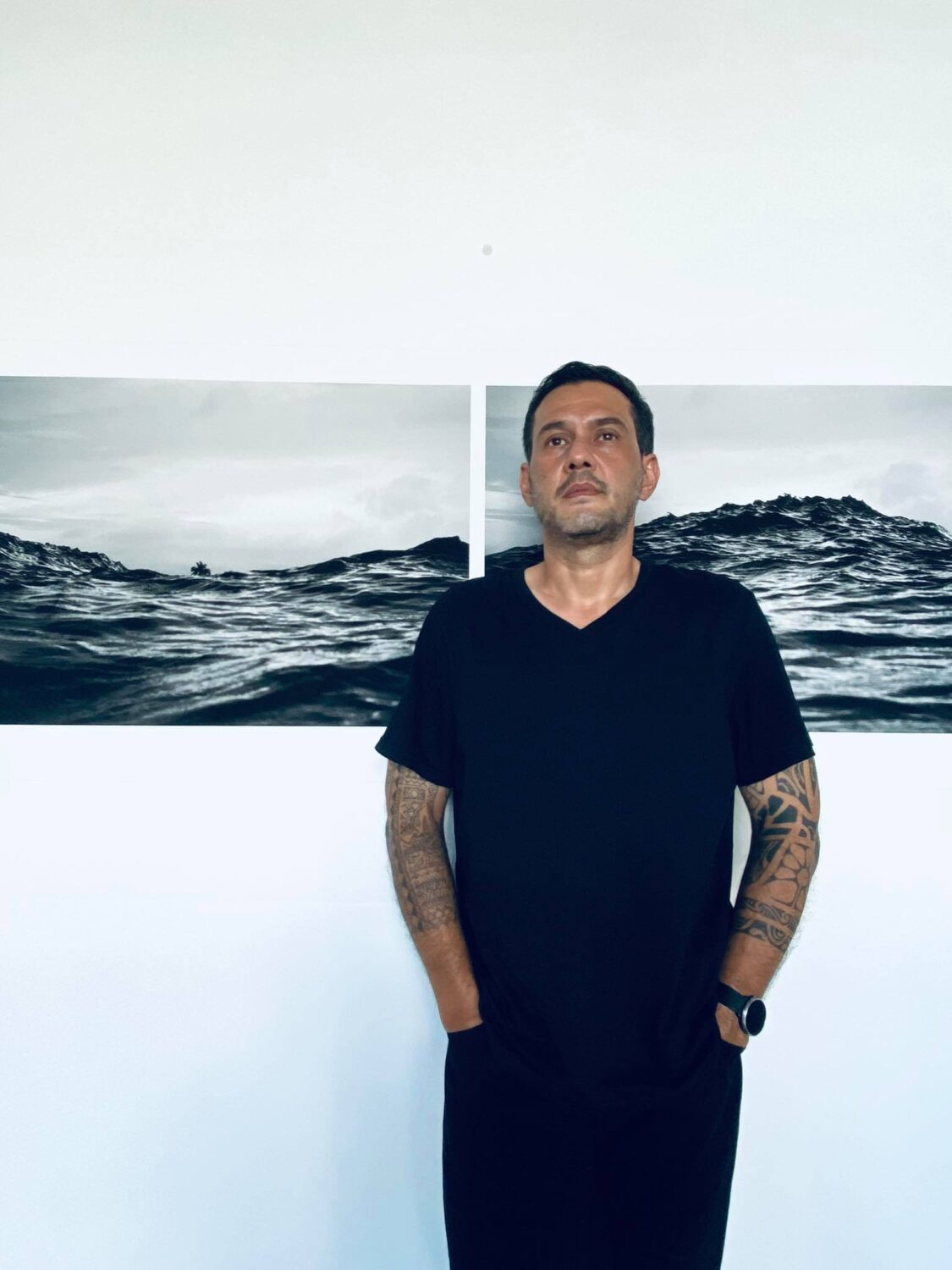
Francisco Guerrero’s “The Wave”
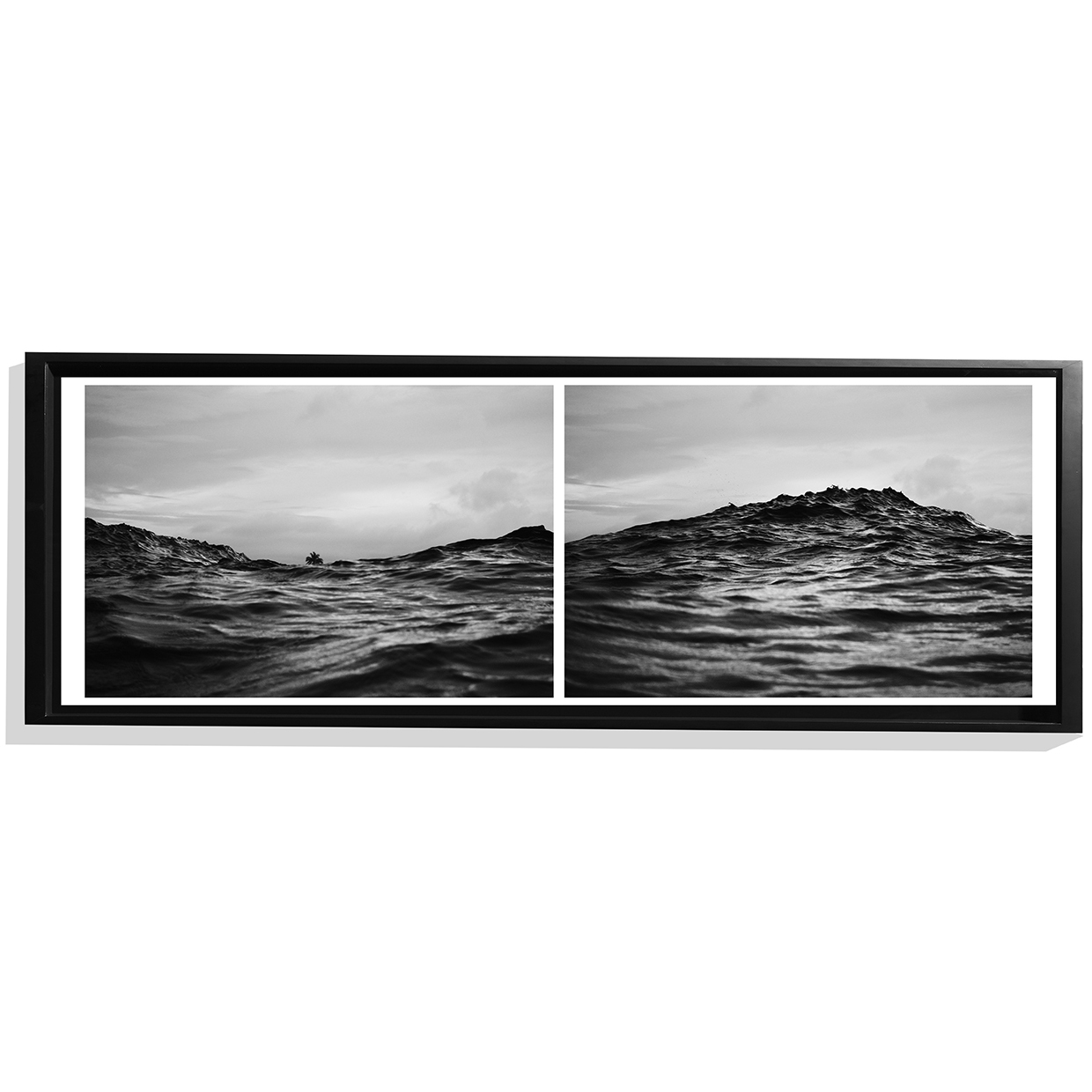
As Francisco Guerrero put it, one would think that after a year of zero contact with friends and colleagues, the body of work that resulted from it would feature more faces of people. Yet, all of them revolved around different images of nature that somehow express that yearning for freedom and connection—not only among people, but as part of the world’s shared breath of life.
“Strangely enough, you’re not seeing a lot of people in our photographs this year. Which, I thought after 12 months of not seeing people because of the masks—I thought there’d be a lot of portraiture.”
He furthered, “I thought I’d be showing portraiture this year. But, for some reason—me personally—I started to look for images that evoke feelings of openness, freedom, and being connected to nature. There’s a lot of water, there’s a lot of oceans this year. We didn’t plan it that way, but the group looked for that connection, at a level that I don’t think we can verbalize. Which is why the images are there.”
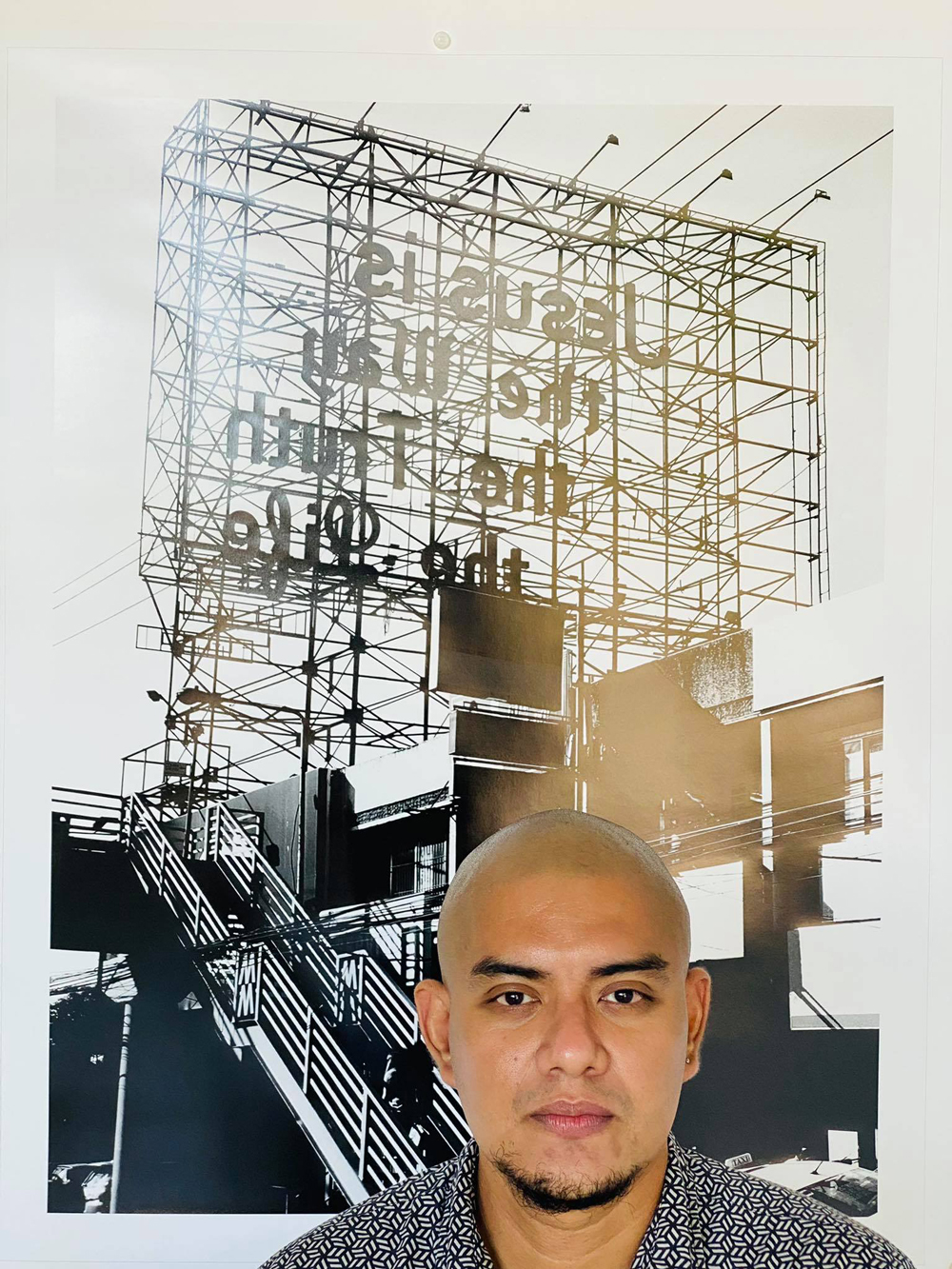
Veejay Villafranca and his work “The Saviour”
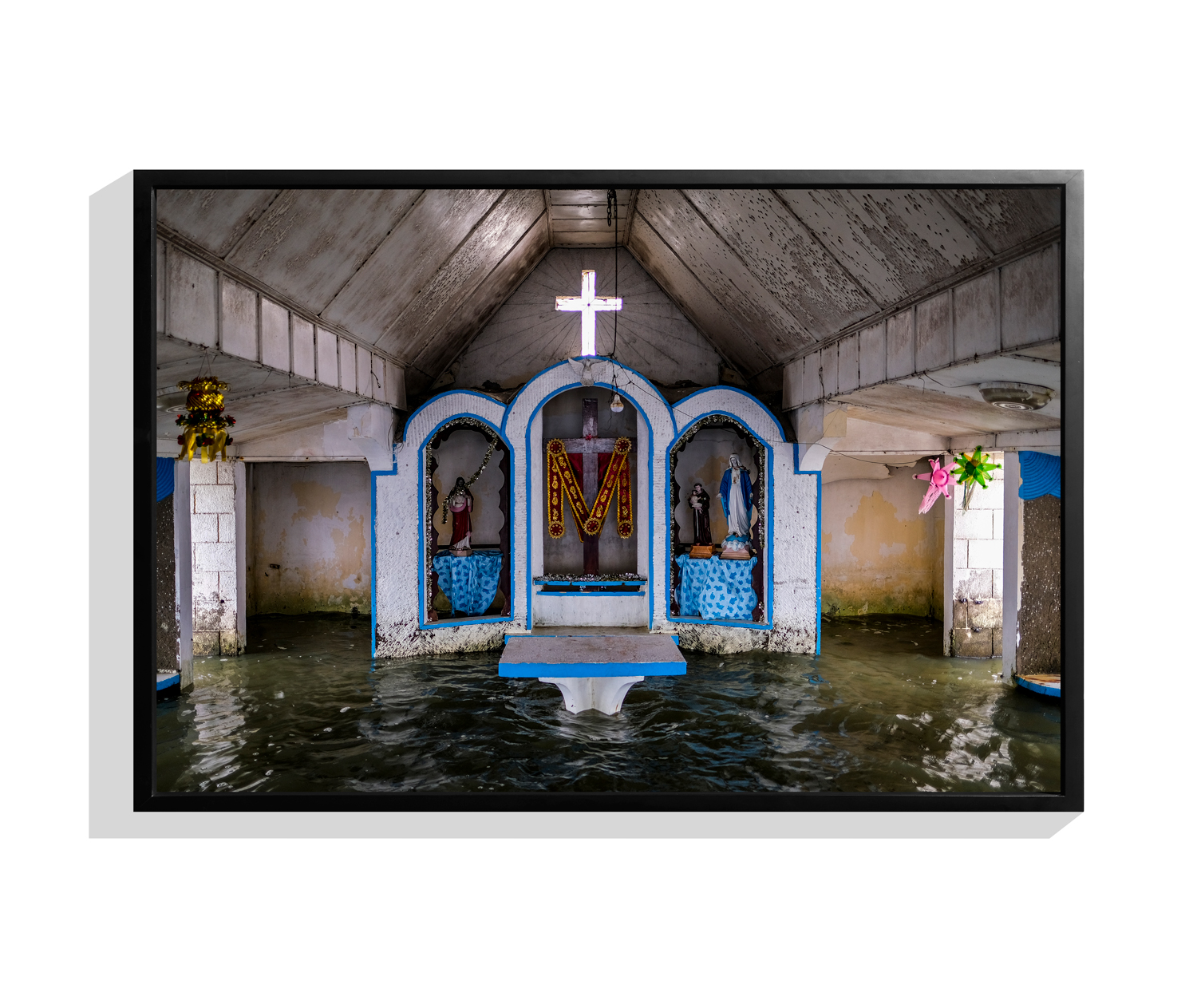
True enough, despite the different subject matters and the lack of a pre-ordained plan, each member communicated a distinct depiction of what we’re all feeling during this time: longing for connection, an insatiable desire to break free from the limits of the world, a deep calling to be one with nature, and the raw need for something to believe in.
Hence, the images of water encapsulated by several members that show off the ocean’s vastness and openness (a nod to our enclosure); a set of photos that strikingly captured the moment of collision between two fighting roosters (perhaps a representation of our desire for connection and movement); a set that immortalizes the expressions of faith and salvation in the streets (a homage to the role of the divinities in our society at this time); and so many more interpretations of modern-day sentiments. All wildly different, but essentially close in meaning.
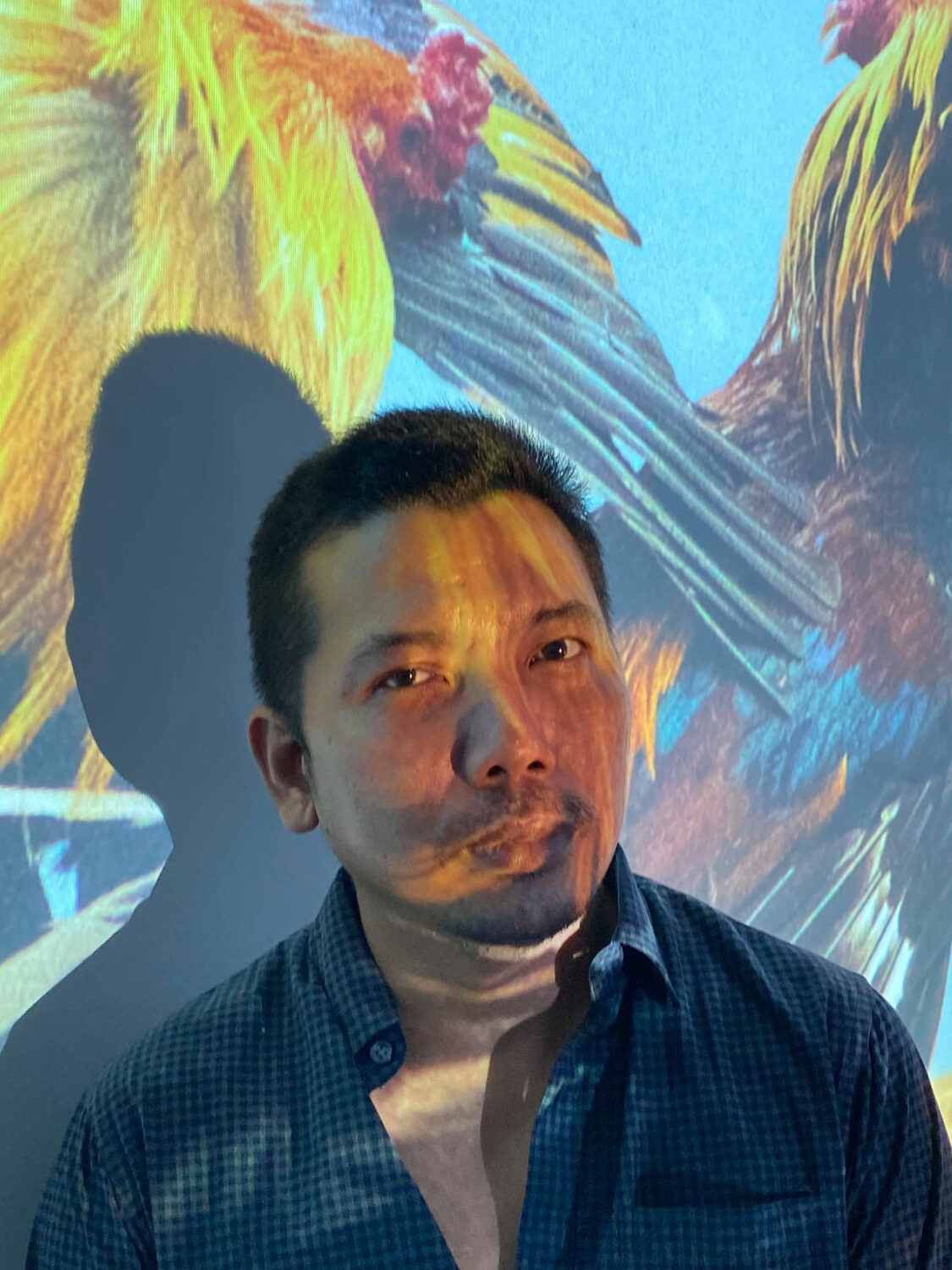
Jes Aznar’s “Soltada”
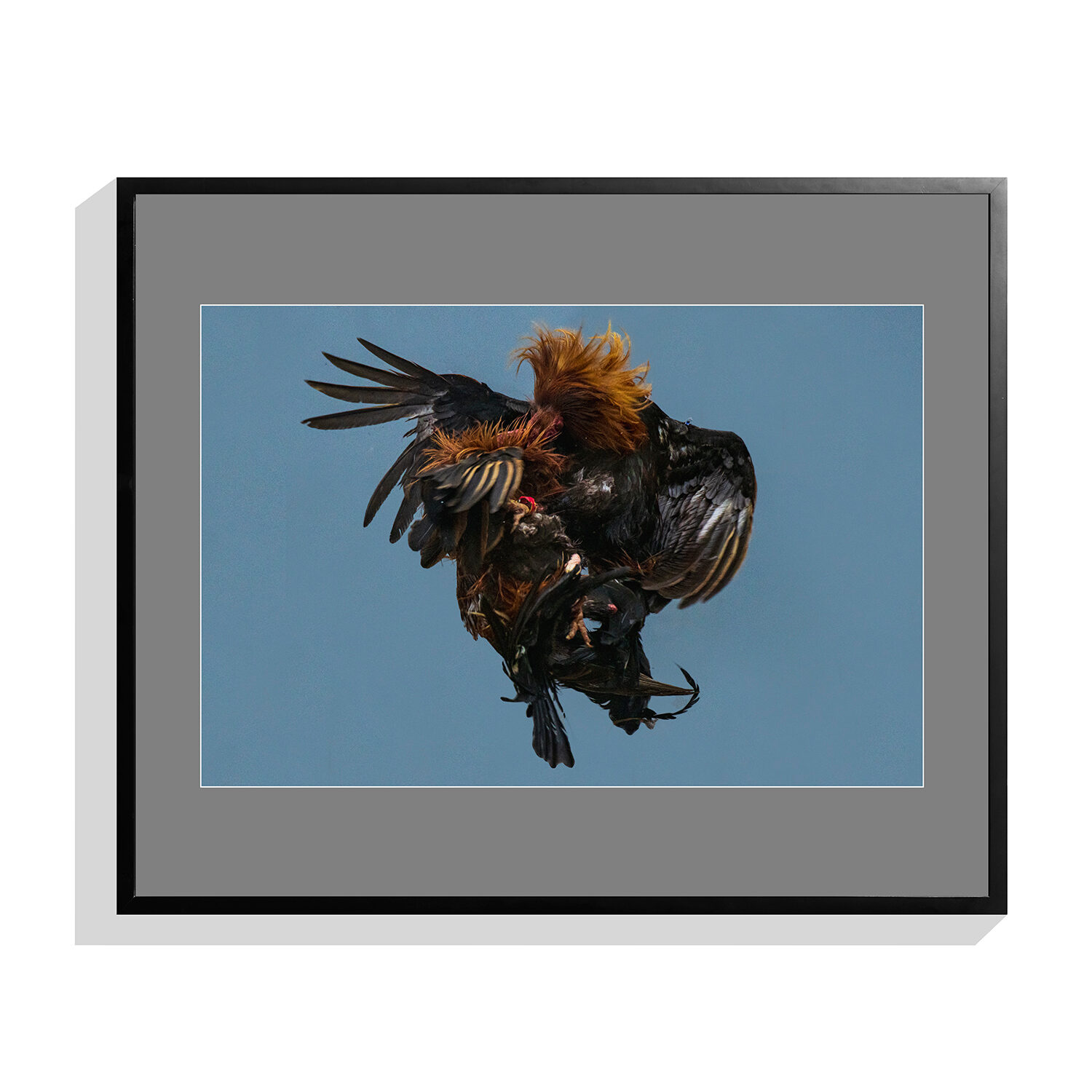
Jes Aznar attributed the variety of their collection to the group’s own innate diversity:
“The group is composed of different photographers, coming from different genres, and disciplines. We have professional photographers, fashion photographers, product photographers, documentary photographers, etc. [As they’ve been saying], no one is forcing one style, one genre, one thinking.”
He added, “The good thing about the group is that we’re diverse, and the good thing that comes out of it is a diverse collection of work [with] different ideas, different processes, and different sets of images.”
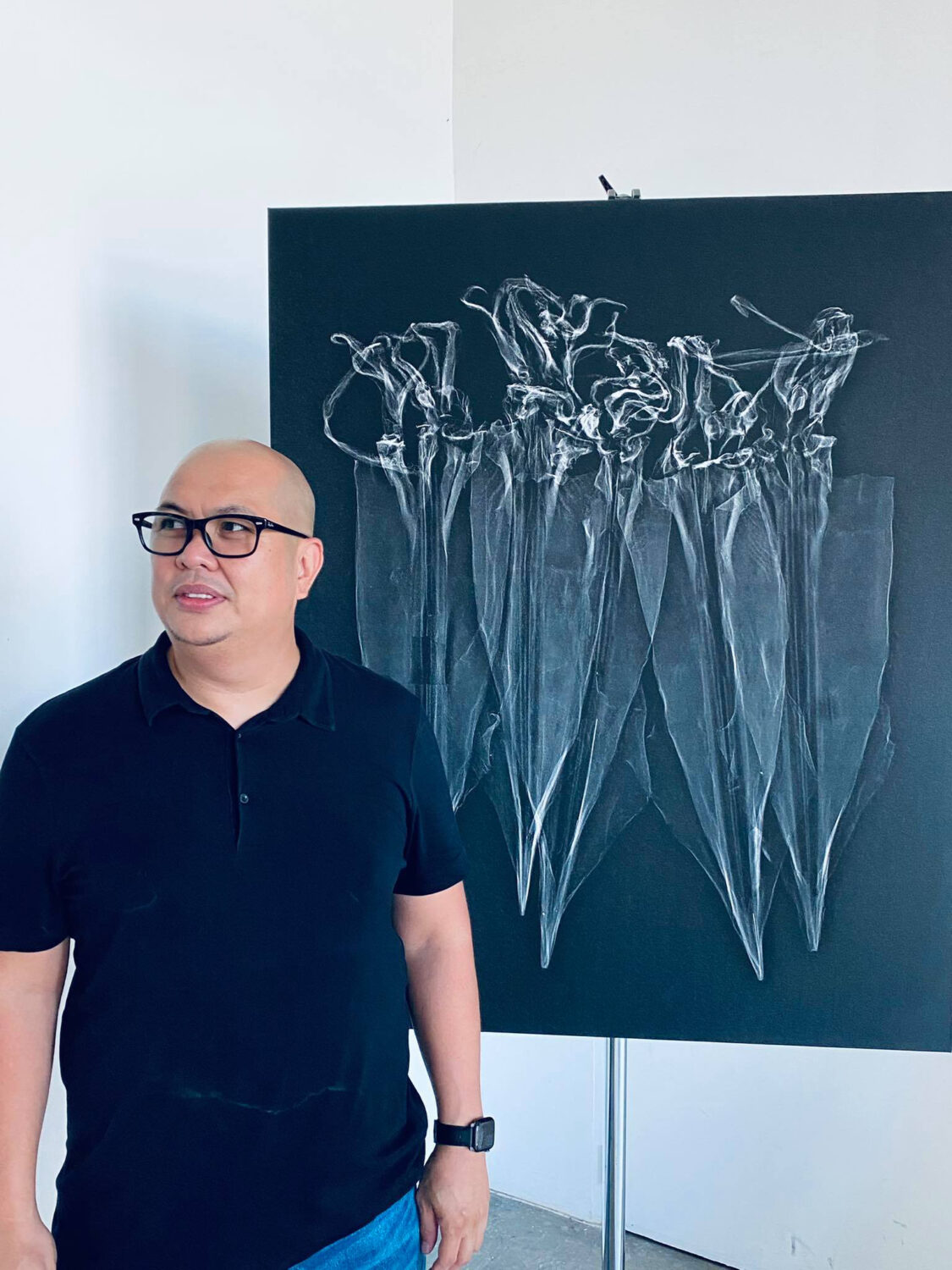
Jason Quibilan’s “Myopside”
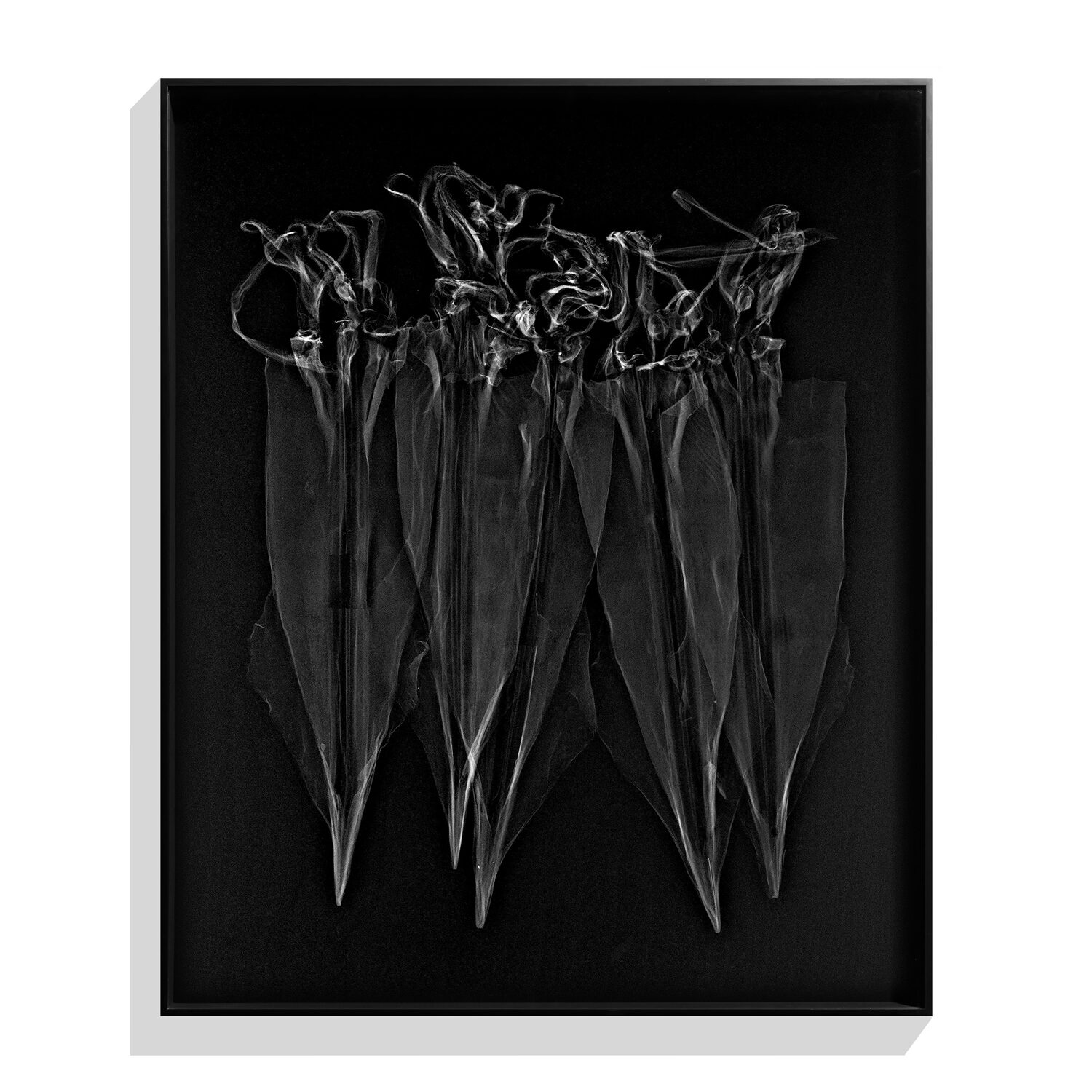
Jason Quibilan stressed how important this was for the collective and each of their projects, underlining the group’s decision to never force one another to stick to a central theme in their work. Instead, to foster each other’s perspectives in order to create a body of work that’s unique to each photographer.
“Yet, somehow, there’s a thread that connects us. Without forcing the issue, [we] still come out with a cohesive body of work, despite of not being too strict on what theme we want to do,” he added.
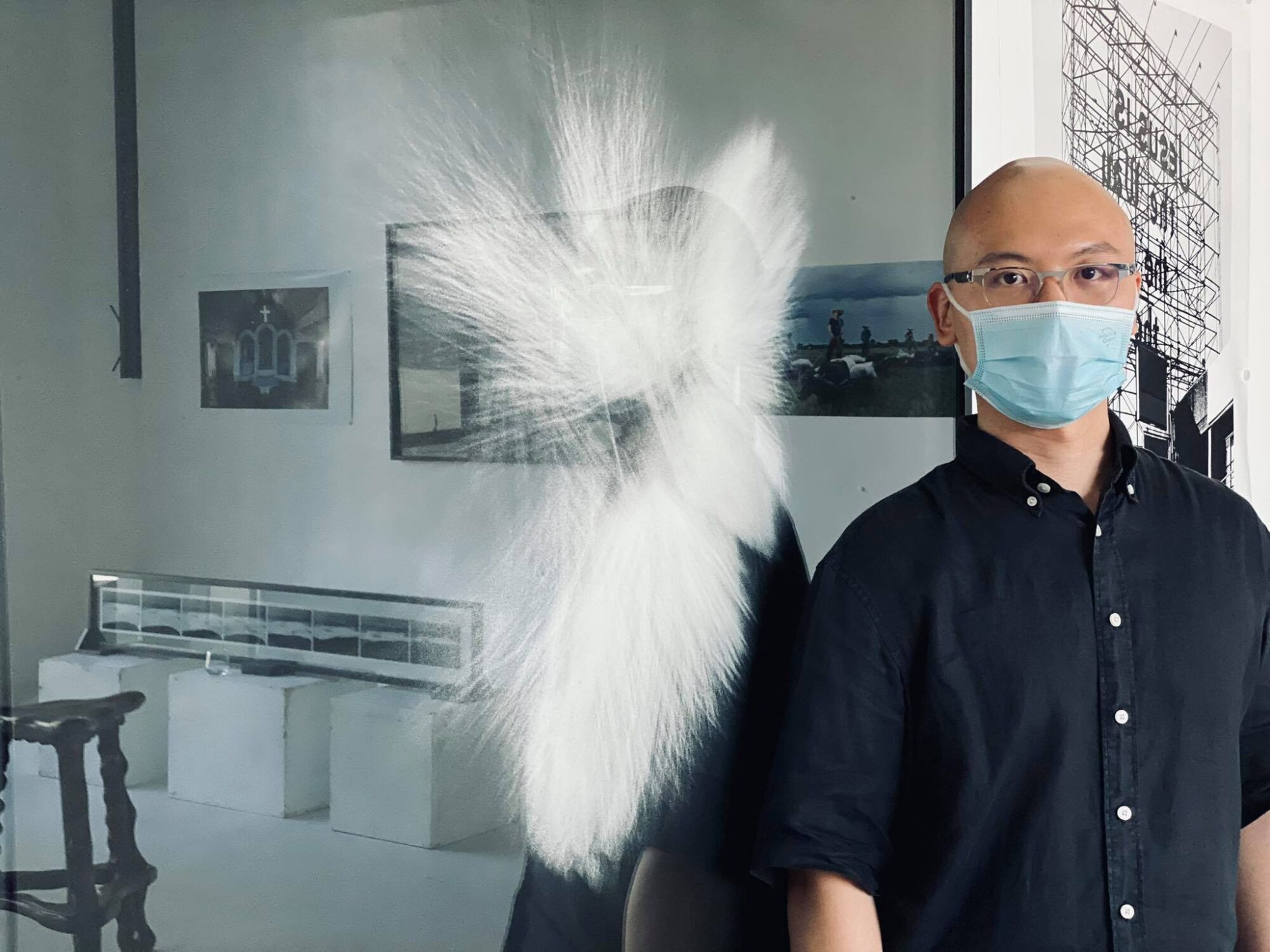
E.S.L. Chen’s “Barringtonia”
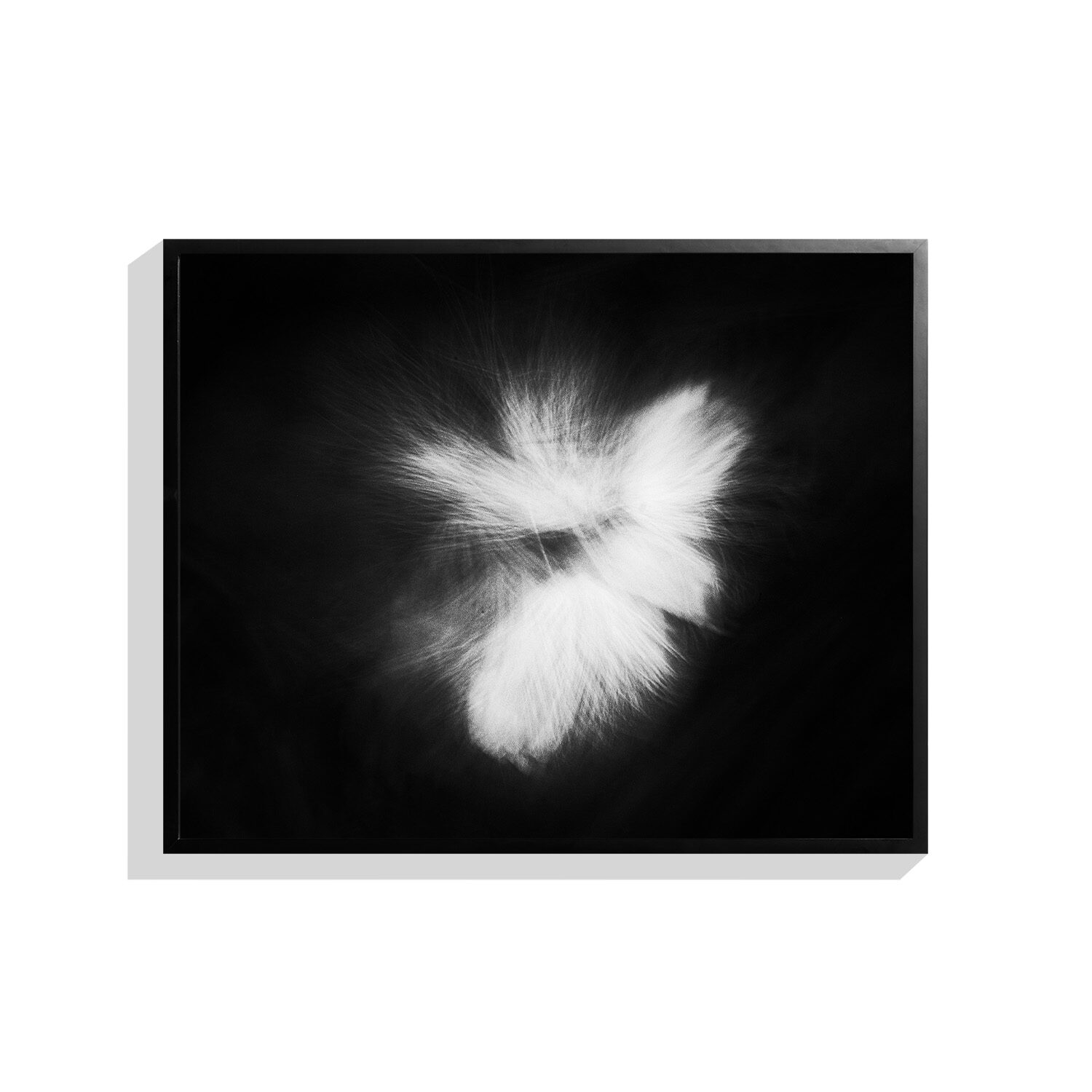
An organic sense of oneness has come out of this rich, distinct, and incredibly varied collection of images, despite the lack of intent to do so, and we believe it speaks volumes on our general disposition as a people. That, regardless of whether or not we talk about it, we’re all feeling some sense of craving for the open world, open arms, and that taste of belonging.
For all of us who want to see these powerful images in the flesh, it’s all represented stunningly in Strange Fruit’s collection of work at this year’s Art Fair Philippines. From May 6-15, 2021, the best of Philippine contemporary art will be showcased in full bloom as guests are welcome to explore, interpret, and see these art works and more, firsthand.
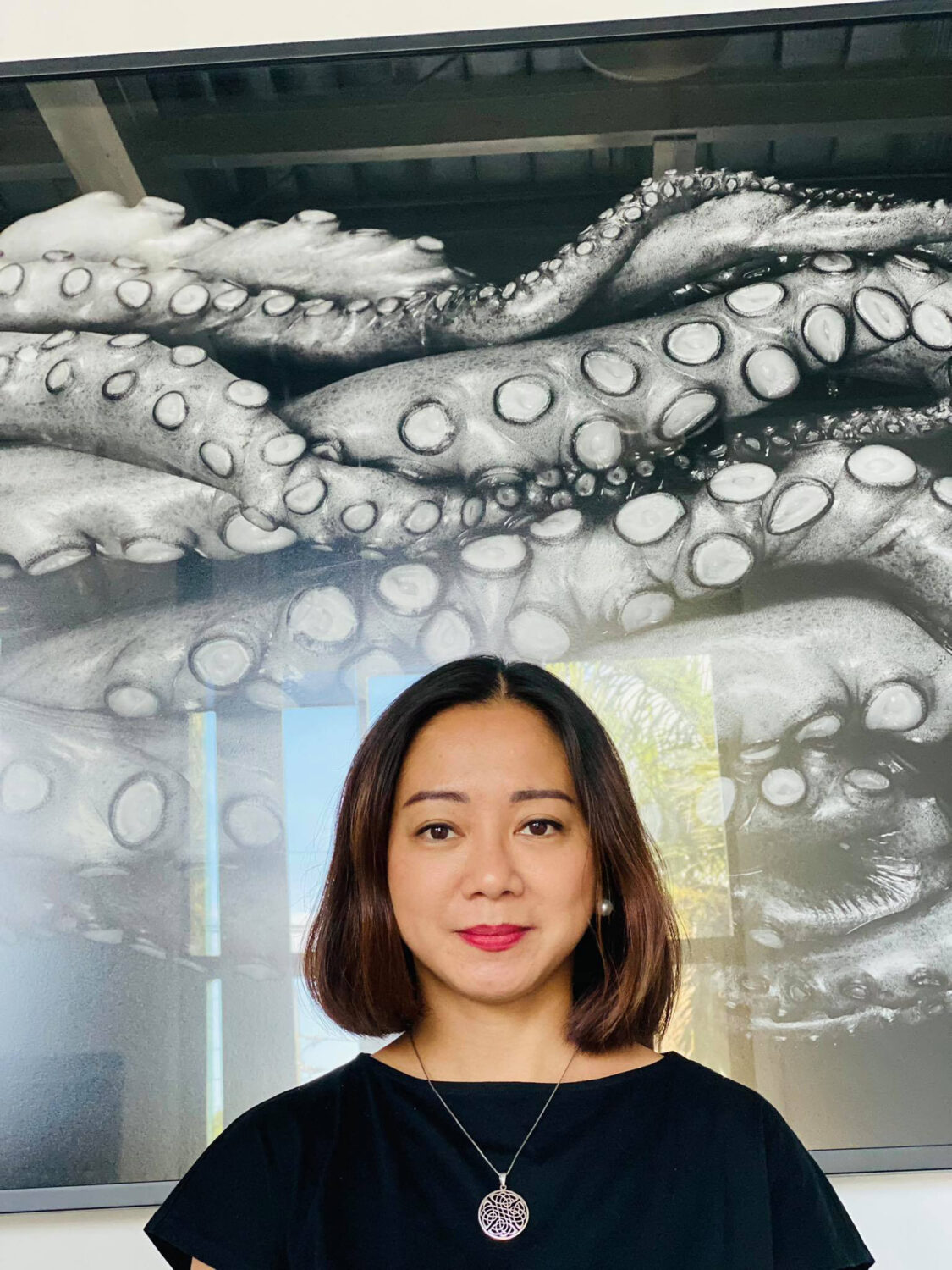
Raena Abella’s “Still II”
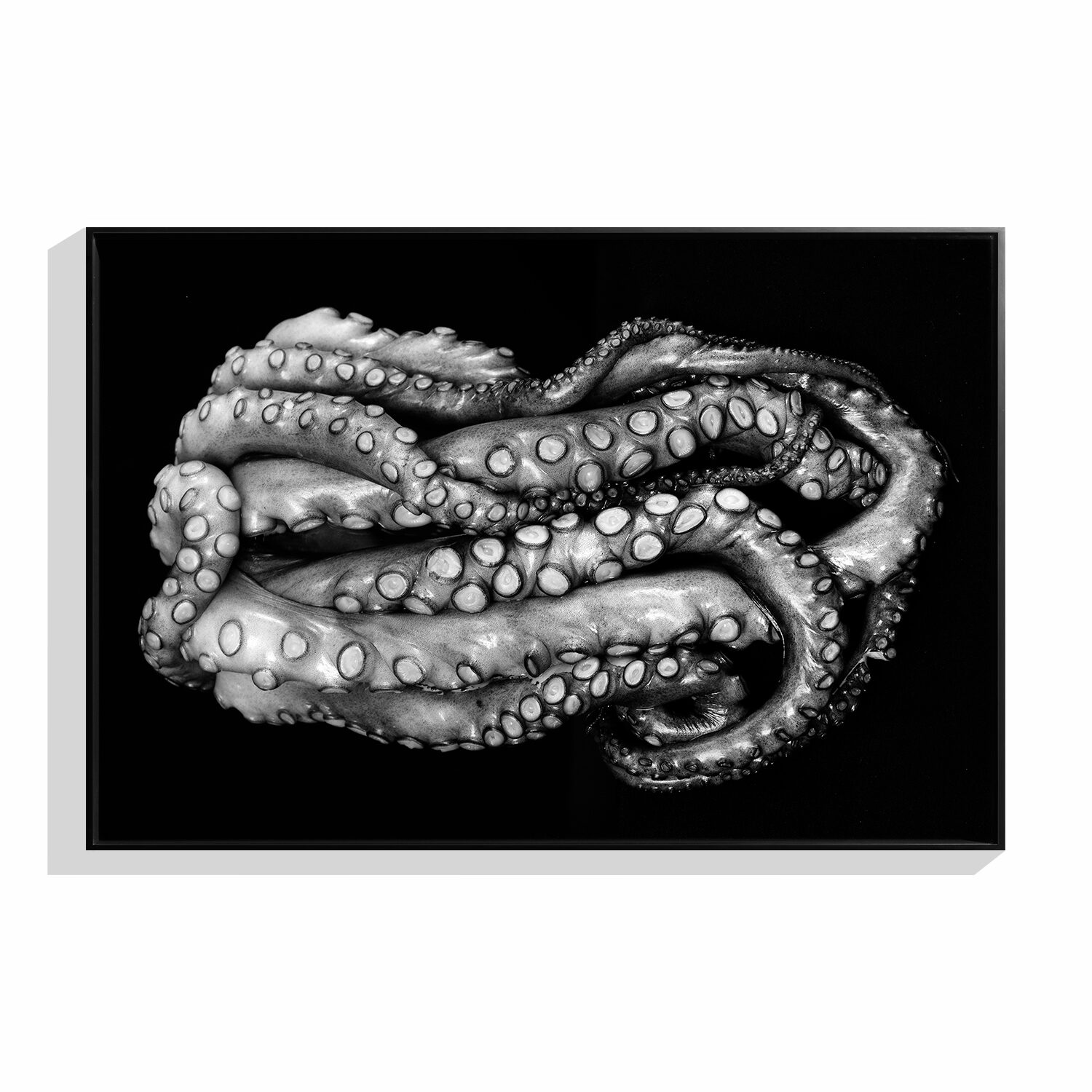
For more information about Strange Fruit, check out https://www.instagram.com/strangefruitph/?hl=en
